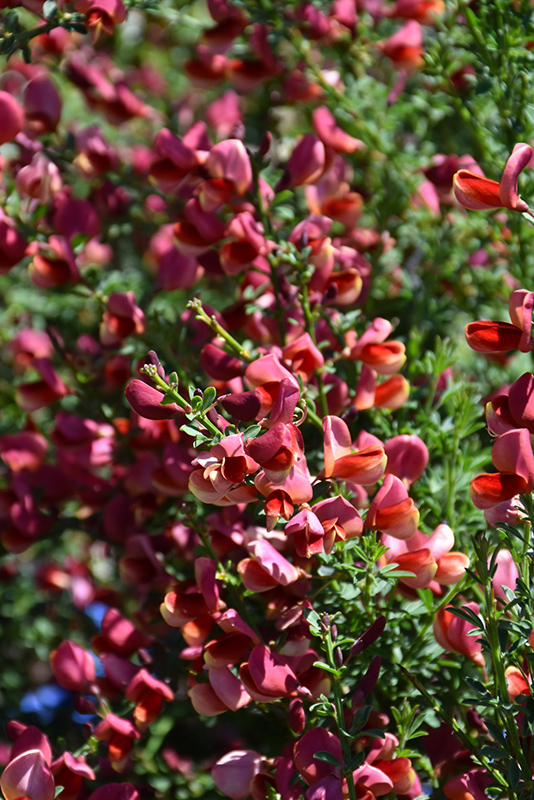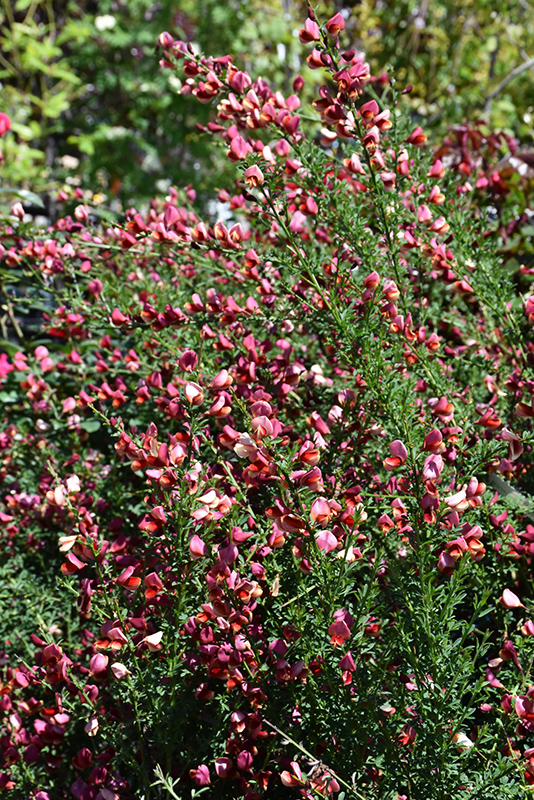>> Home
Sister Rosie® Scotch Broom
Cytisus scoparius 'SMNCSDRY'
Height: 3 feet
Spread: 3 feet
Sunlight:
![]()
Hardiness Zone: 4b
Brand: Proven Winners
Description:
A high quality flowering shrub for difficult places with dry, infertile soil; excellent for use in massing; an upright selection producing dusky pink blooms with red and yellow lips on a densely branched mound; best used in specific landscape situations
Ornamental Features
Sister Rosie® Scotch Broom is blanketed in stunning rose pea-like flowers with scarlet overtones and yellow tips along the branches from mid to late spring. It has emerald green deciduous foliage. The grassy leaves do not develop any appreciable fall color. The lime green stems can be quite attractive.
Landscape Attributes
Sister Rosie® Scotch Broom is an open multi-stemmed deciduous shrub with a shapely form and gracefully arching branches. Its relatively fine texture sets it apart from other landscape plants with less refined foliage.
This is a high maintenance shrub that will require regular care and upkeep, and should only be pruned after flowering to avoid removing any of the current season's flowers. It has no significant negative characteristics.
Sister Rosie® Scotch Broom is recommended for the following landscape applications;
- Mass Planting
- Hedges/Screening
- General Garden Use
Planting & Growing
Sister Rosie® Scotch Broom will grow to be about 3 feet tall at maturity, with a spread of 3 feet. It tends to fill out right to the ground and therefore doesn't necessarily require facer plants in front. It grows at a medium rate, and under ideal conditions can be expected to live for approximately 20 years.
This shrub should only be grown in full sunlight. It prefers dry to average moisture levels with very well-drained soil, and will often die in standing water. It is considered to be drought-tolerant, and thus makes an ideal choice for a low-water garden or xeriscape application. It is particular about its soil conditions, with a strong preference for clay, alkaline soils, and is able to handle environmental salt. It is highly tolerant of urban pollution and will even thrive in inner city environments. This is a selected variety of a species not originally from North America.

